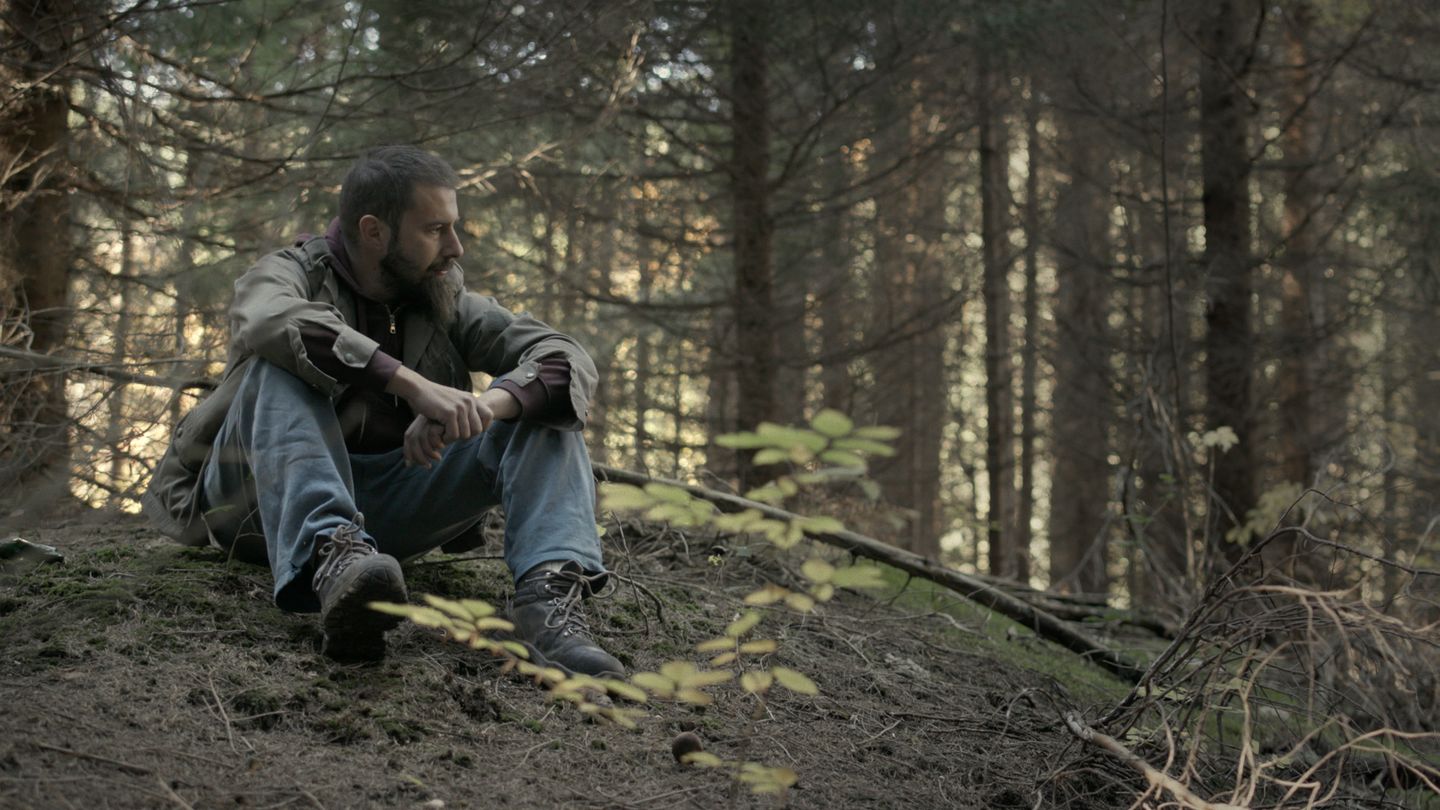
Swiss museums contain human remains from colonial times
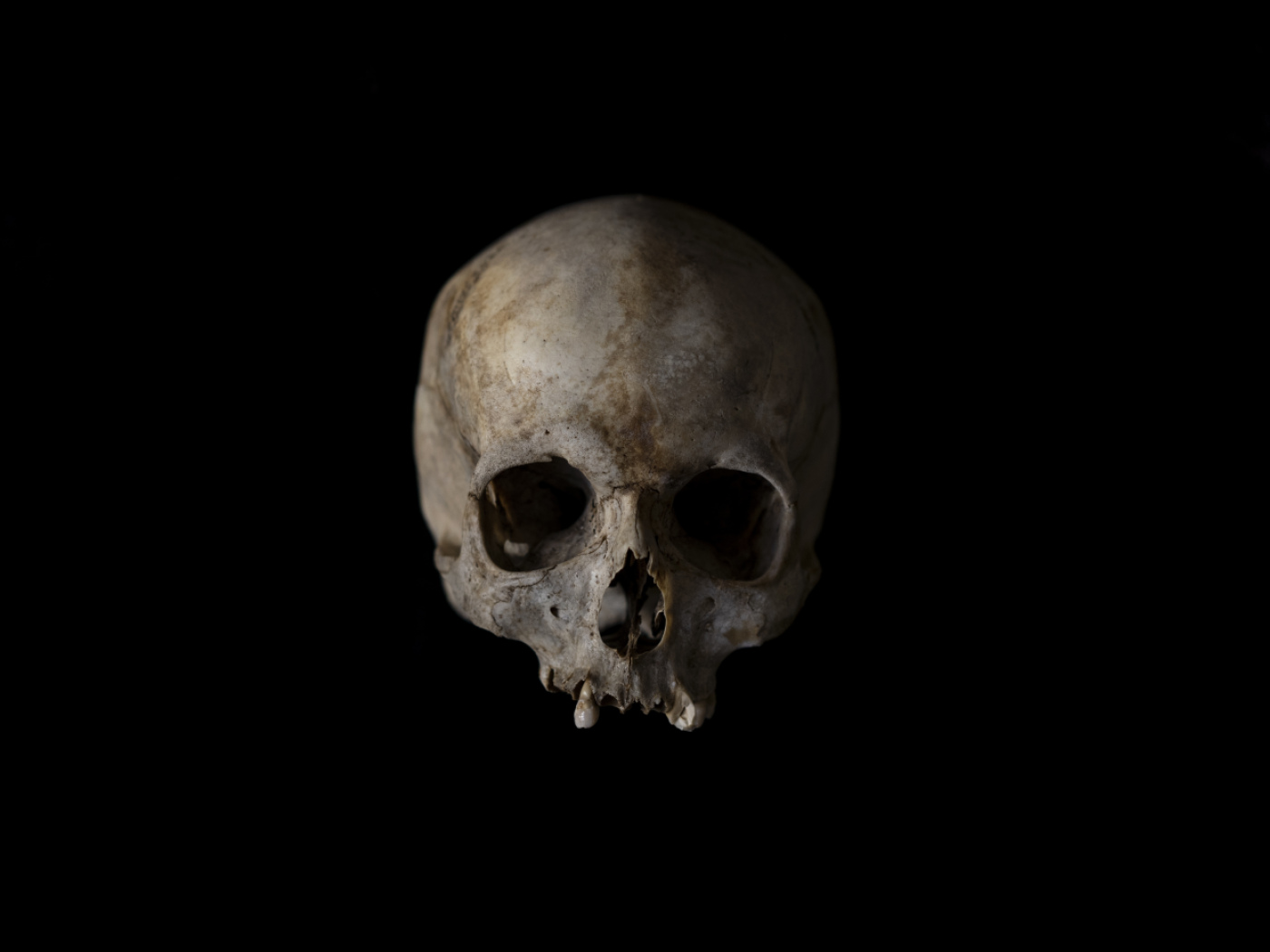
Swiss museums and collections hold thousands of human remains that were acquired in colonial times, according to the University of Lausanne.
+Get the most important news from Switzerland in your inbox
At least 4,175 human remains currently lie in Switzerland, mostly skulls acquired in a colonial context. This is according to a report published on Friday by the University of Lausanne. It is based on a questionnaire sent to 34 museums in 2023, to which 26 museums and collections responded.
+ Take a peek into Switzerland’s most bizarre museums
According to the report, virtually nothing is known about who acquired these remains, how and under what circumstances this happened and how they ended up in Switzerland. Most of these skeletons are in collections in Basel and Zurich.
Swiss in all colonial territories
While human remains that are still kept in institutions of former colonial powers appear to come from their former colonies, Swiss collections hold human remains from all parts of the world, the report states.
This shows that Switzerland was institutionally linked to all colonial empires and that Swiss nationals were directly or indirectly active in practically all colonies.
+ Read how Switzerland profited from colonialisation
Although Switzerland had no formal colonies, its research, collection and conservation institutions had often been hubs for the international exchange of objects, data or scientific theories far beyond the political and linguistic borders of the former colonial powers since the colonial era. However, this history is still under-researched, the authors of the report state.
Provenance research
They recommend that the Federal Office of Culture expand its support for provenance research – research into the origins of human remains – and make it clearly visible.
They also recommend the establishment of a publicly accessible platform where people can easily find out whether the remains of their ancestors are in Swiss collections.
Back in 2007, the UN General Assembly reaffirmed the rights of indigenous peoples to have access to the remains of their ancestors and to dispose of them in a self-determined manner.
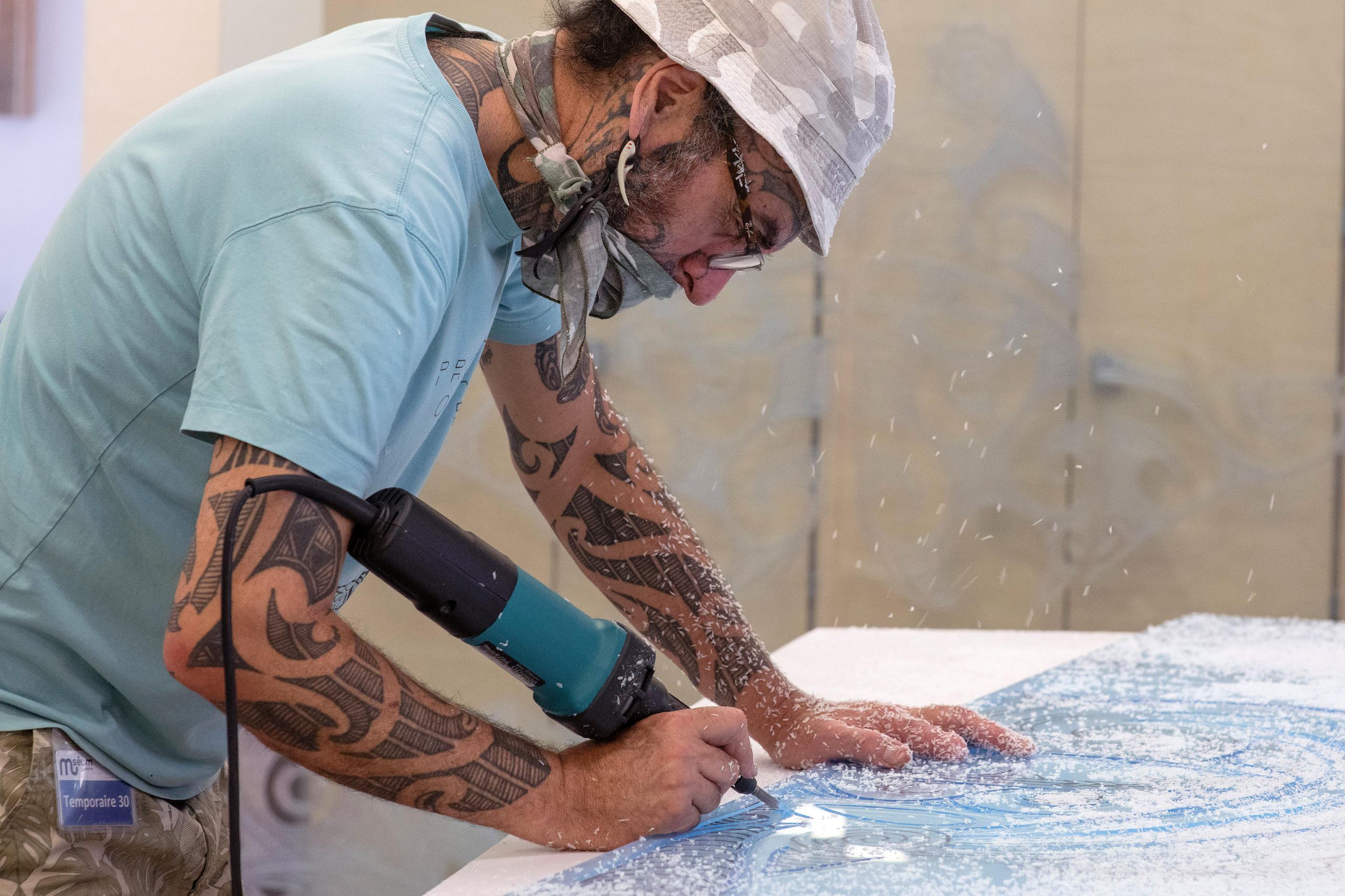
More
Swiss take steps to ‘decolonise’ cultural artefacts
Translated from German with DeepL/mga
We select the most relevant news for an international audience and use automatic translation tools to translate them into English. A journalist then reviews the translation for clarity and accuracy before publication.
Providing you with automatically translated news gives us the time to write more in-depth articles. The news stories we select have been written and carefully fact-checked by an external editorial team from news agencies such as Bloomberg or Keystone.
If you have any questions about how we work, write to us at english@swissinfo.ch.

In compliance with the JTI standards
More: SWI swissinfo.ch certified by the Journalism Trust Initiative

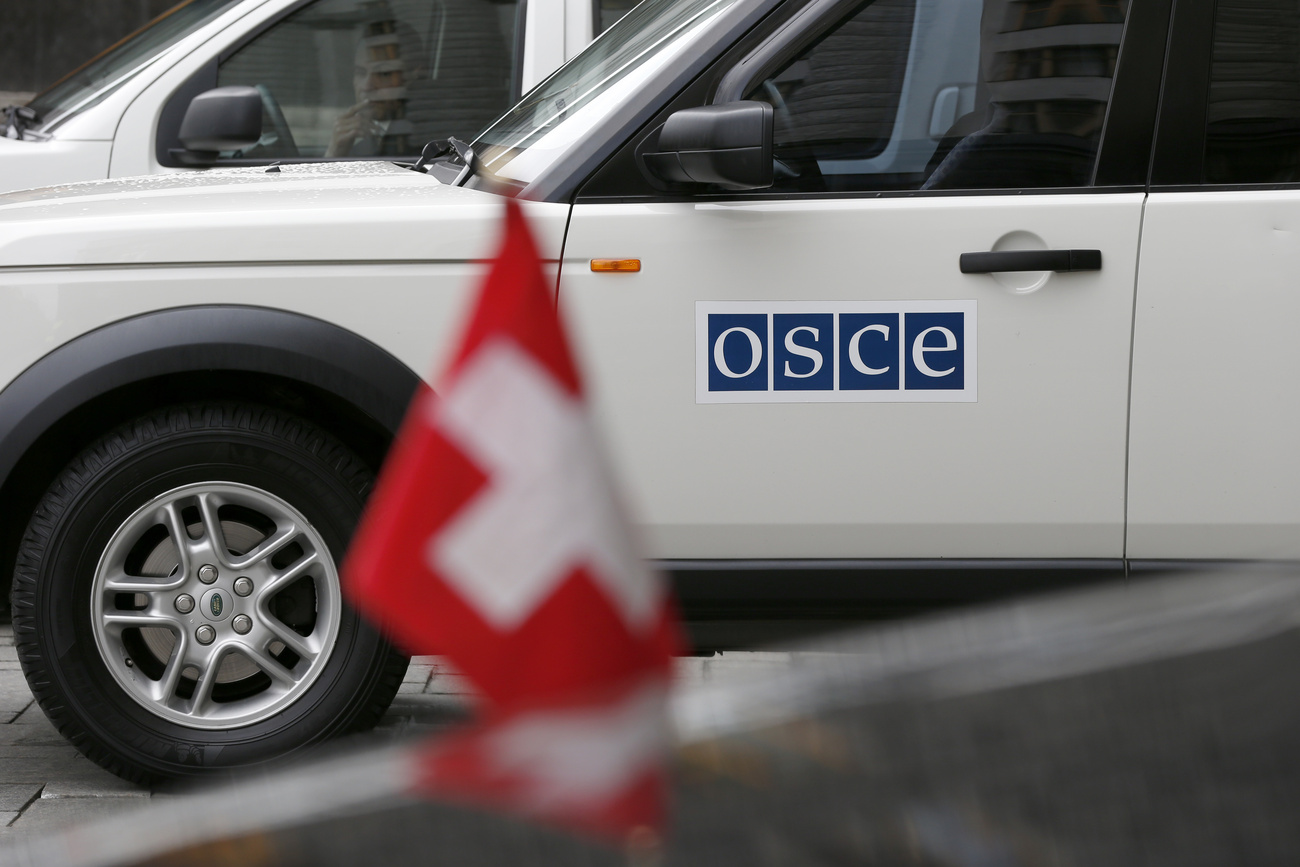









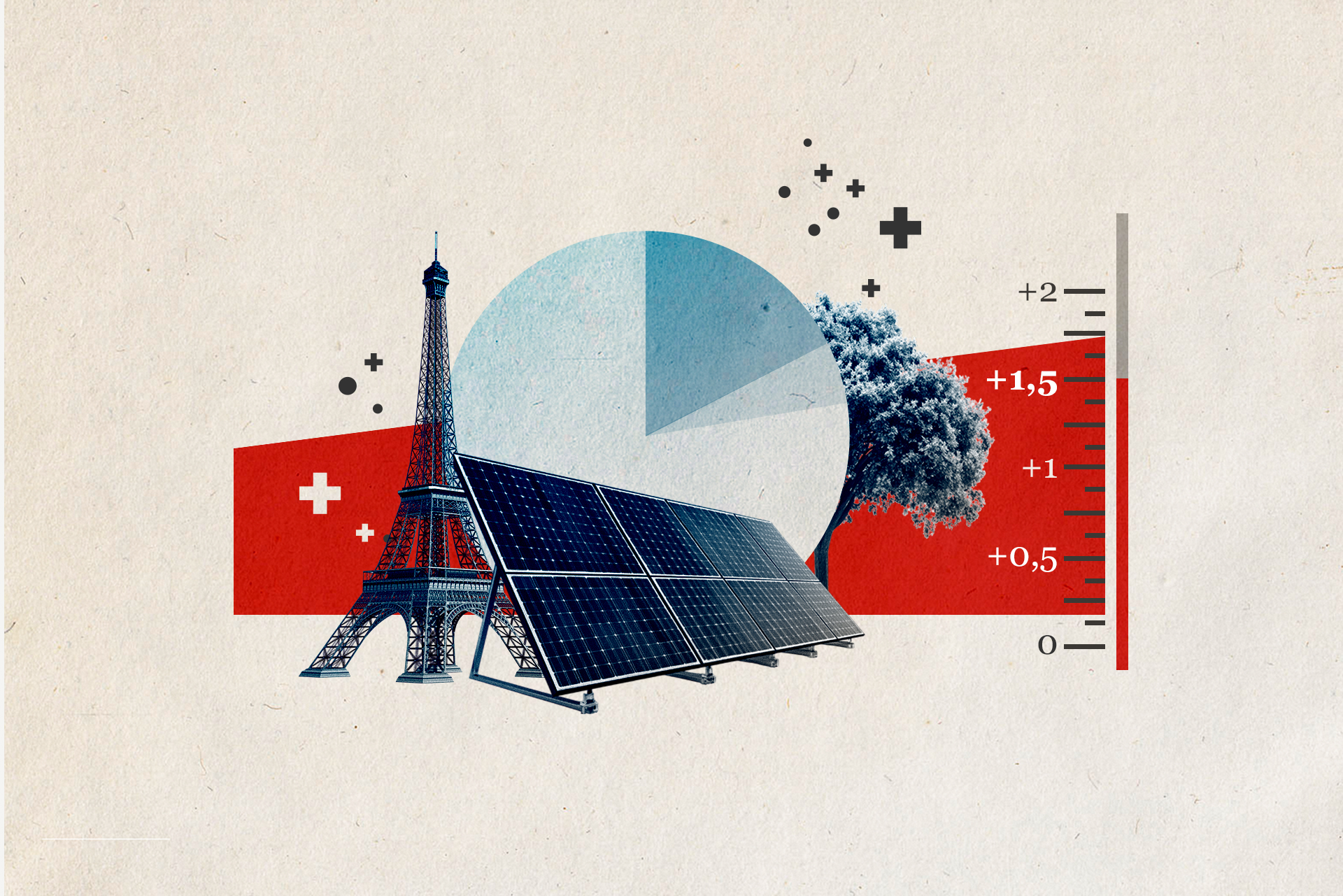


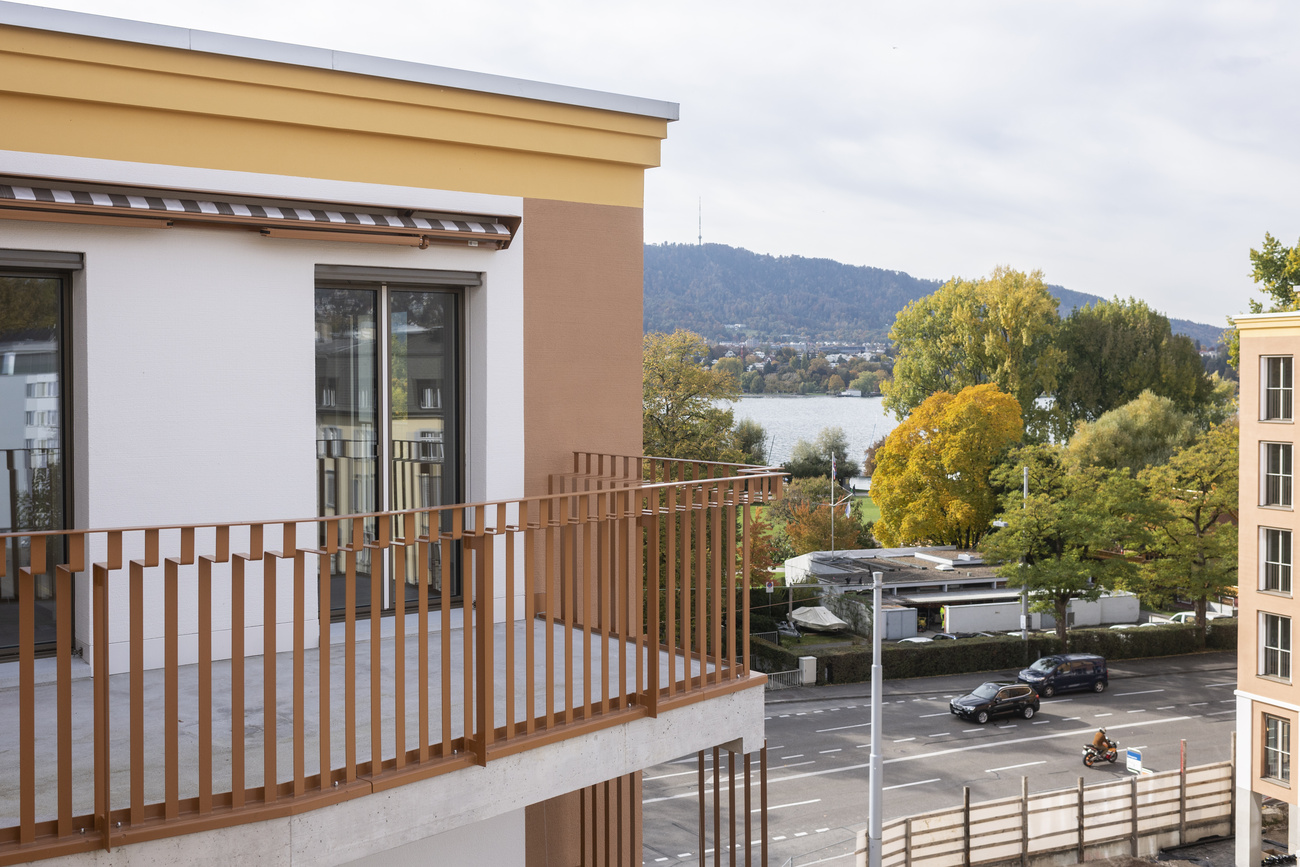

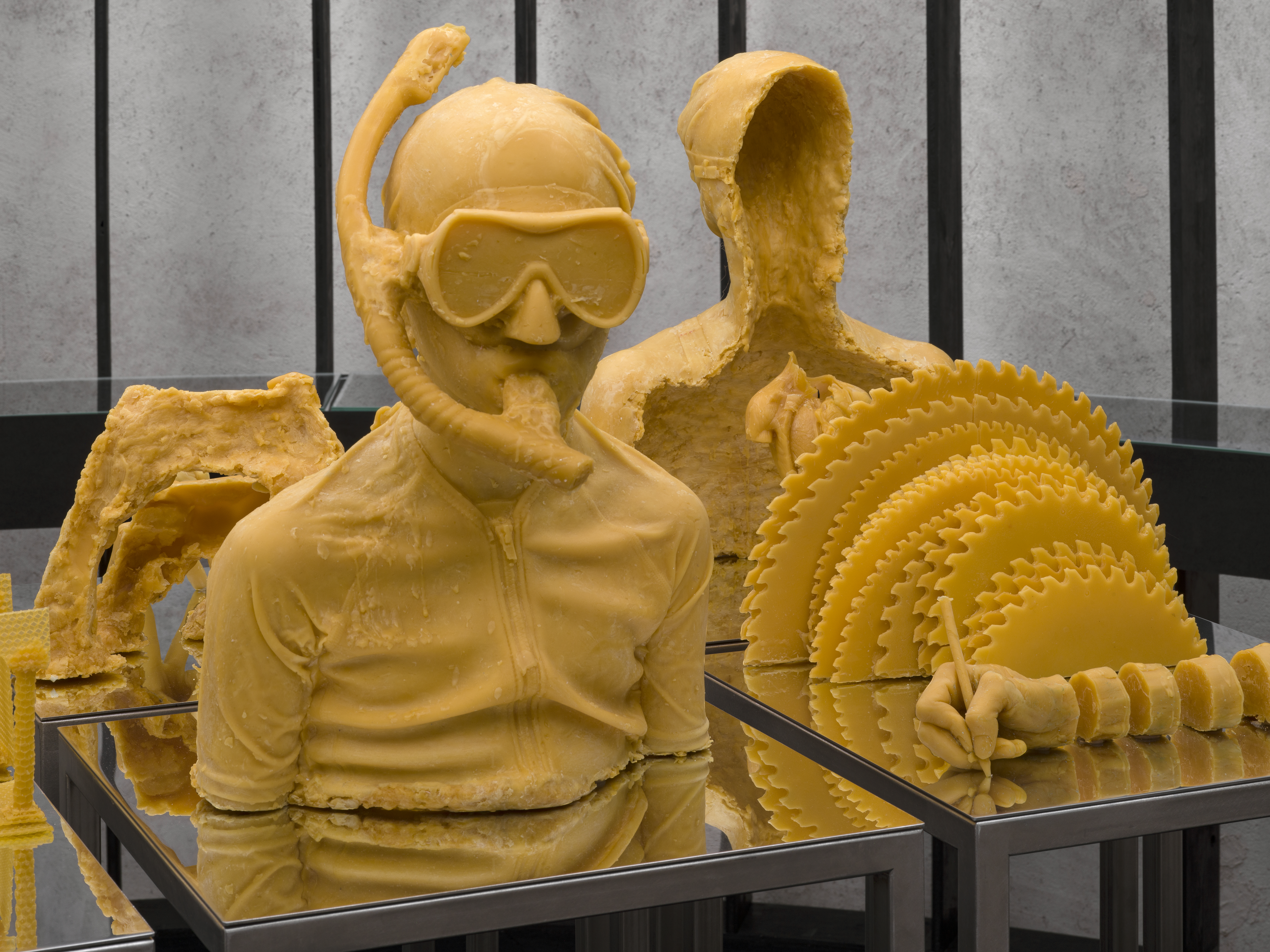









You can find an overview of ongoing debates with our journalists here . Please join us!
If you want to start a conversation about a topic raised in this article or want to report factual errors, email us at english@swissinfo.ch.